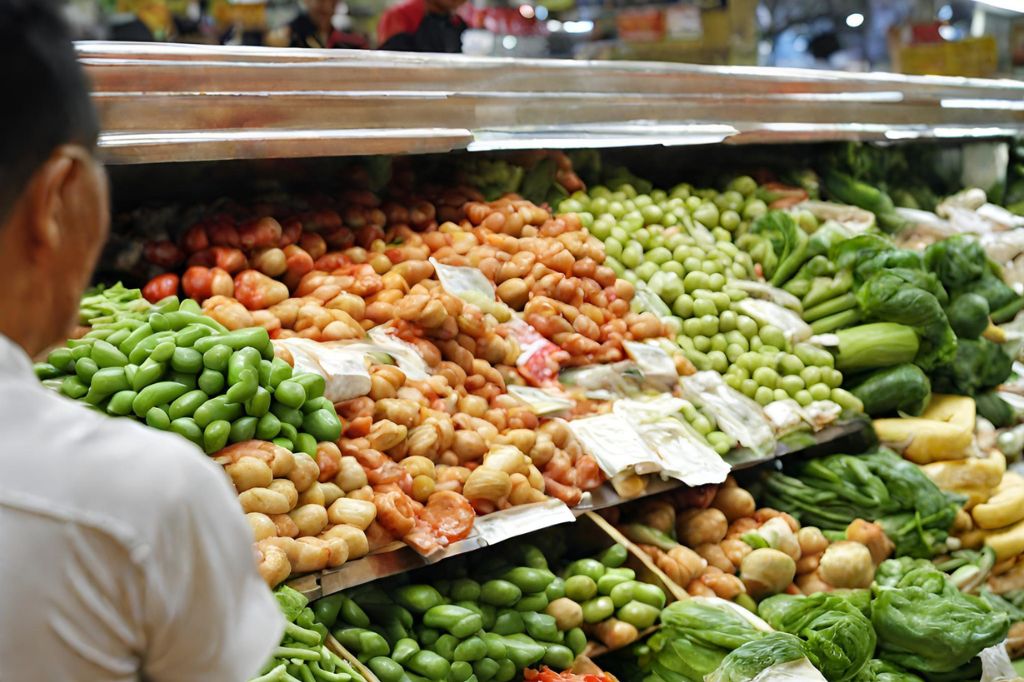The global economic landscape is ever-evolving, and recent developments have brought to light a pressing concern: the potential hike in food prices following the ringgit slump. As Asia grapples with the intricacies of this financial conundrum, it’s crucial to delve deeper into the factors at play.
Key Takeaways:
- The ringgit’s slump has direct implications for the cost of imported goods in Malaysia and broader Asia.
- Global inflation, geopolitical events, and the aftermath of the pandemic are pivotal in driving food prices.
- Government initiatives and global collaborations offer hope for a more sustainable future.
The Ringgit’s Downward Spiral
The Malaysian ringgit recently plummeted to its lowest level against the US dollar, standing at RM4.71. This depreciation has direct ramifications on the cost of imported goods, especially food items. The value of food imports this year reached a staggering RM70 billion, emphasizing the gravity of the situation.
Why Should Asia Be Concerned?
The performance of the ringgit doesn’t just affect Malaysia. It has ripple effects across the Asian market, influencing trade dynamics and import-export balances. Many Asian countries, with their heavy reliance on imports for their food supply, find themselves at the crossroads. A hike in prices due to currency depreciation can strain these nations’ economies and food security.
Factors Driving the Potential Price Hike
High levels of inflation have been impacting the global food price index, making essential commodities more expensive. Geopolitical events, such as the invasion of Ukraine by Russia, led to a spike in the Food Price Index of the UN Food and Agriculture Organization (FAO), affecting consumer prices worldwide. Additionally, the aftershocks of the COVID-19 pandemic cannot be ignored. The pandemic disrupted the energy and food industries, leading to supply squeezes. As the world reopened, demand surged, pushing up food and energy prices.
Silver Linings Amidst the Challenges
Efforts are underway by governments to reduce dependence on food imports, aiming for a more self-reliant and sustainable approach. Some economists, viewing the situation from a different lens, believe that the ringgit’s slump might not significantly impact food imports, especially since the US isn’t a major exporter to Malaysia. On the global front, platforms like the World Economic Forum’s “Innovation with a Purpose” are facilitating the adoption of new technologies to make food systems more sustainable and efficient.
Also read: Alibaba in Belgium: Espionage or Just Business?
While the potential hike in food prices following the ringgit slump is a concern, it’s also an opportunity. An opportunity for nations to rethink their strategies, for businesses to innovate, and for communities to come together. As Asia navigates this economic maze, collaboration, innovation, and resilience will be the guiding lights.















